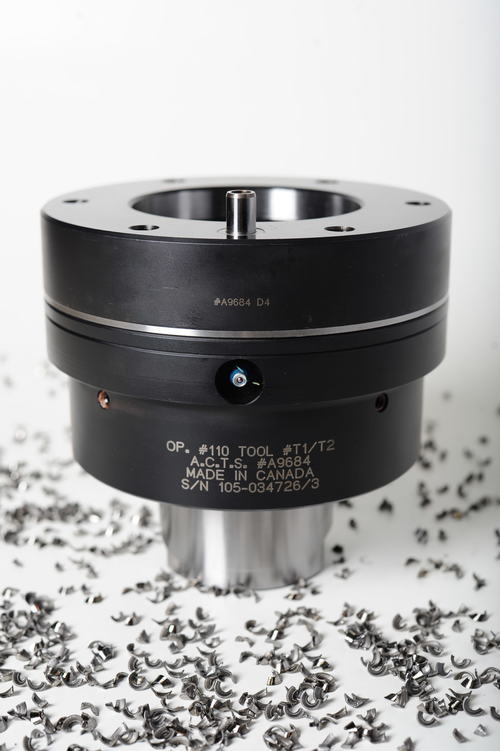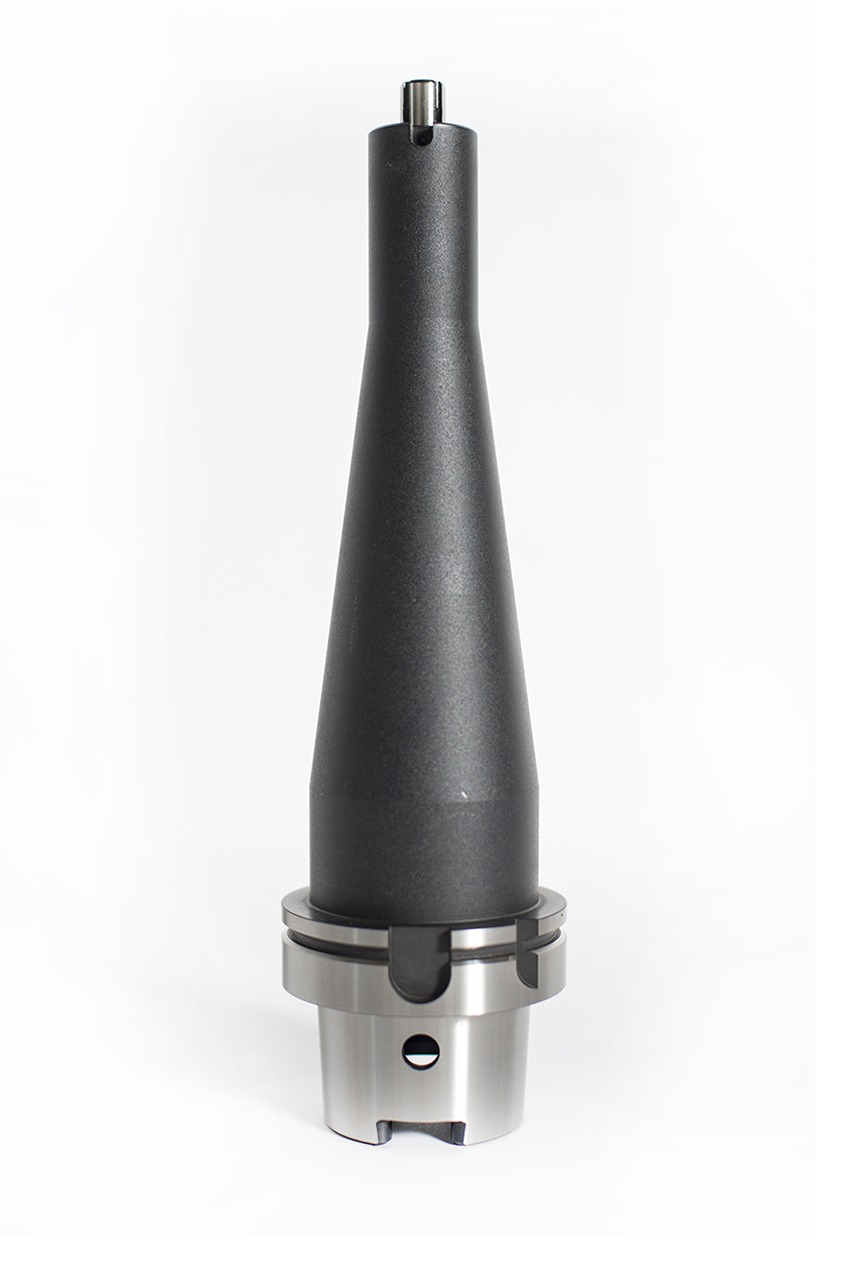Optimize Machine Performance with Colonial Tool's Hardware and Components
Advanced Cutting Tool Systems high-quality, durable hardware and components are designed to support and optimize cutting tool and machine performance.
Hardware & Components
- Cartridges
- Clamps
- Wedges
- Special Screws and Pins
- Tool Setting Fixtures
Cutting tools must be made of a material harder than the material which is to be cut, and the tool must be able to withstand the heat generated in the metal-cutting process. Also, the tool must have a specific geometry, with clearance angles designed so that the cutting edge can contact the workpiece without the rest of the tool dragging on the workpiece surface. The angle of the cutting face is also important, as is the flute width, number of flutes or teeth, and margin size. In order to have a long working life, all of the above must be optimized, plus the speeds and feeds at which the tool is run.
To produce quality product, a cutting tool must have three characteristics:
Hardness: hardness and strength at high temperatures.Toughness: so that tools do not chip or fracture.Wear resistance: having acceptable tool life before needing to be replaced.
Cutting tool materials can be divided into two main categories: stable and unstable.
Unstable materials (usually steels) are substances that start at a relatively low hardness point and are then heat treated to promote the growth of hard particles (usually carbides) inside the original matrix, which increases the overall hardness of the material at the expense of some its original toughness. Since heat is the mechanism to alter the structure of the substance and at the same time the cutting action produces a lot of heat, such substances are inherently unstable under machining conditions.
Stable materials (usually tungsten carbide) are substances that remain relatively stable under the heat produced by most machining conditions, as they don't attain their hardness through heat. They wear down due to abrasion, but generally don't change their properties much during use.
Most stable materials are hard enough to break before flexing, which makes them very fragile. To avoid chipping at the cutting edge, some tools made of such materials are finished with a sightly blunt edge, which results in higher cutting forces due to an increased shear area, however, tungsten carbide has the ability to attain a significantly sharper cutting edge than tooling steel for uses such as ultrasonic machining of composites. Fragility combined with high cutting forces results in most stable materials being unsuitable for use in anything but large, heavy and rigid machinery and fixtures.
Unstable materials, being generally softer and thus tougher, generally can stand a bit of flexing without breaking, which makes them much more suitable for unfavorable machining conditions, such as those encountered in hand tools and light machinery.











